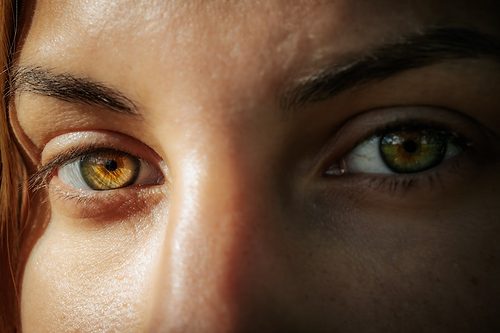General Psychiatry
DEXMETHYLPHENIDATE (Azstarys, Focalin, Focalin XR) Fact Sheet [G]
November 29, 2023
ADUCANUMAB (Aduhelm) Fact Sheet
November 29, 2023
HALOPERIDOL (Haldol) Fact Sheet [G]
November 29, 2023
MELATONIN Fact Sheet [G]
November 29, 2023
CHLORPROMAZINE (Thorazine) Fact Sheet [G]
November 29, 2023
CURCUMIN (Turmeric) Fact Sheet [G]
November 29, 2023
PREGABALIN (Lyrica, Lyrica CR) Fact Sheet [G]
November 29, 2023
ATOMOXETINE (Strattera) Fact Sheet [G]
November 29, 2023
CYPROHEPTADINE (Periactin) Fact Sheet [G]
November 29, 2023
DARIDOREXANT (Quviviq) Fact Sheet
November 29, 2023

_-The-Breakthrough-Antipsychotic-That-Could-Change-Everything.jpg?1729528747)



